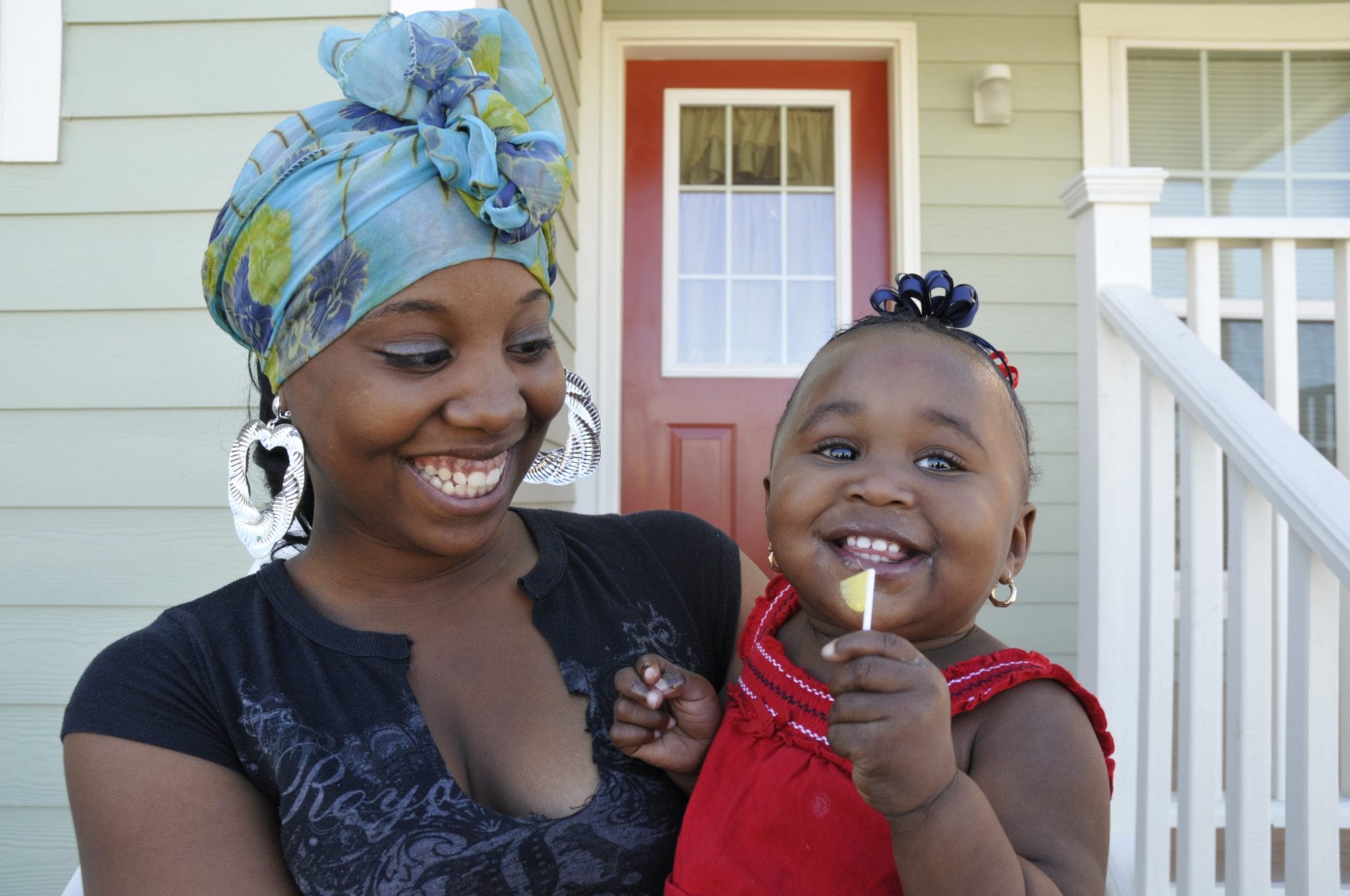The Impact of Home VisitingPay for Success in Early Childhood Interventions
By Emily Fabiaschi and Will Toaspern
Pay for Success (PFS) is driven by the conviction that investing in preventative programs is a better use of public resources than paying for remedial services down the road. No services are more preventative than those provided at the beginning of a child’s life.

When multiple domains of impact are incorporated into a PFS project, the unique, multi-faceted nature of home visiting becomes a distinctive strength.
Governments across the United States are currently preparing prenatal and early childhood PFS projects. Last week, South Carolina Governor Nikki Haley announced the South Carolina Nurse-Family Partnership PFS Project, which will bring maternal and child health services into the homes of low-income pregnant women. Such prenatal and early childhood services have long-lasting benefits for both the child and the public: economists have found that well-designed and well-implemented home visiting programs can return up to $5.70 for every dollar invested by reducing the societal costs of poor health and academic failure.
Home visiting is a voluntary service in which a trained professional is matched with a mother and visits her regularly to provide information and support during her child’s first years. The service presents unique challenges to the PFS model; however, these challenges are far from insurmountable.
Challenge: How is success determined in a home visiting project?
In a PFS project, government pays for measurable impact on a particular social issue. Outcome metrics used to determine success can be easier to observe depending on the issue area. For example, avoided days of incarceration for measuring an intervention’s ability to reduce recidivism, or stable tenancy as the primary outcome measure for determining the success of homelessness reduction programs.
In contrast, the outcomes measures of home visiting interventions are more difficult to observe. Early childhood services have a variety of potential outcome measures across several areas of a child’s wellbeing and a family’s trajectory (i.e. reduced pre-term births, increased educational attainment, increased family income). Using a single primary metric to determine the success of a home visiting program may overlook other aspects of its impact. The diversity of outcomes makes evaluation no simple task.
Further, many of the benefits of home visiting are long-term. When success payments are tied to measurable outcomes, this presents a significant temporal obstacle. Long-term outcomes increase the risk for funders to a PFS project, provide less immediate evidence to policy makers, and result in fewer opportunities for providers to adapt and enhance their services.
Solution: Measure outcomes across multiple domains of impact.
The complexity and timing of outcomes can be addressed by measuring the impact of home visiting programs across multiple domains of impact. This gives evaluations a clear, well-rounded assessment of a program’s impact, while also staggering the length of time needed to earn success payments.
These domains are not exclusive to the child: measuring outcomes for the mother as well as the child can strengthen the evaluation of a project. Known as the “2-Generation Approach,” evaluating the affect of home visiting on the mother acknowledges the simple fact that the success of a child and that of their mother are inextricably linked.
With new cross-agency data initiatives (like the Children’s Data Network at the University of Southern California) paving the way for collaborative data-informed policy, such evaluations are becoming increasingly feasible. A PFS project in home visiting can best establish success metrics by measuring outcomes in some combination of the following areas:
•Health: outcomes like increased pre-natal care, reduced pre-term births, increased immunizations can be measured when a child is between the ages of 0 to 2 years old.
•Well-being: outcomes like reduced cases of abuses or reduced emergency department visits can be measured when a child is between the age of 1 and 5.
•Maternal: outcomes including education attainment, wage increases, reduced instances of maternal depression, can be measured when a child is 1 to 5 years old.
When multiple domains of impact are incorporated into a PFS project, the unique, multi-faceted nature of home visiting becomes a distinctive strength. Evaluations can produce robust findings on the effectives of a program, while the program simultaneously improves the lives of children from the very start.
Third Sector Capital Partners, Inc. is currently engaged with the following governments and service providers in assessing the feasibility of home visiting PFS projects:
Our engagements in Washington and Virginia are supported through the Social Innovation Fund (SIF), a program of the Corporation for National and Community Service. In 2015, the Washington State Department of Early Learning and the Virginia PFS Council were selected alongside seven other jurisdictions to receive federally funded technical assistance. Read more about our second SIF competition here.
